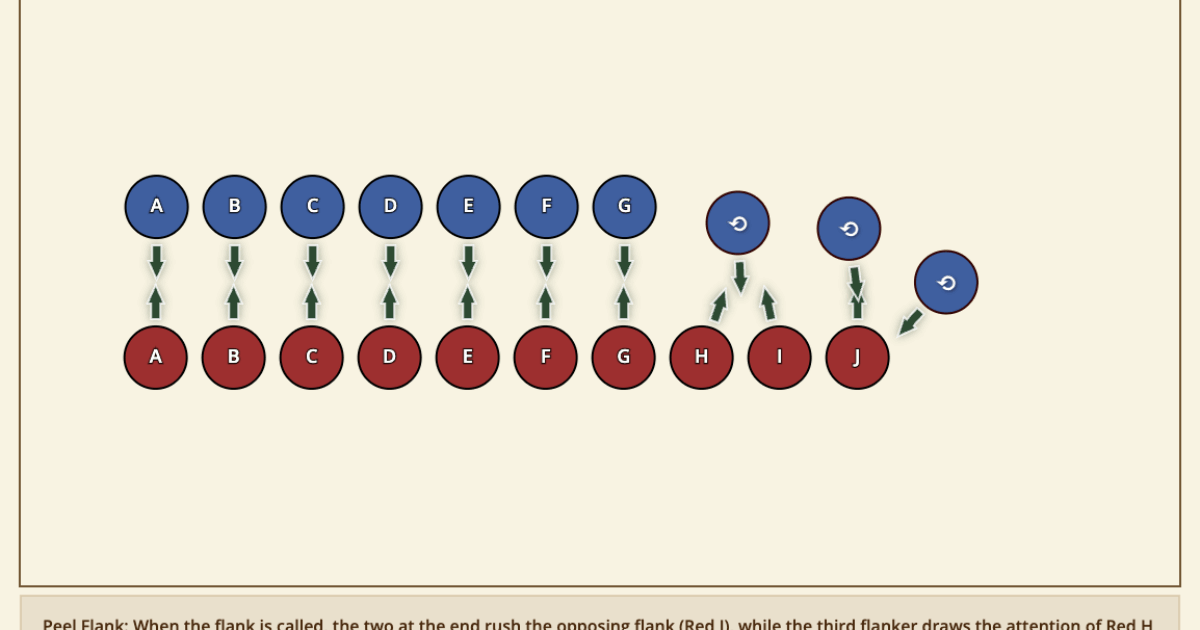If there’s one constant about fencing, it’s that everything is contextual. Our actions, plans, and strategies depend on the circumstances we’re in. Are we in the forest? Are we in a duel? Is it a melee? Who are we fighting? What are we/they wielding? Countless variables are to be considered before we engage in combat with an opponent. With experience and time, we’ll be able to address all of those things but for now, let’s consolidate that thinking into a few rules of thumb for how to engage with our opponents no matter the circumstances.
Points of safety
The Rules of Engagement guide us through how we engage in combat with our opponents. The specific details are up to each individual to find what works for them within the context of each rule. But when it comes to safety, no matter what we choose, we should consider how our choices impact those we are fighting. After all, our opponent and their experience are part of the equation.
- Consideration is Key: Every time you engage or fight another fencer, always consider how your actions are impacting them and how their actions are impacting you. If there are questions or concerns at any time, you can always bring these up with an Officer.
General Points
These Rules of Engagement are guidelines rather than hard fast rules. Their exact implementation will vary from fencer to fencer, but the principle will remain the same. Find what works for you and discuss with others how they follow these Rules of Engagement. You’ll find a wide variety of techniques, philosophies, and perspectives as you study what will fit within your own fencing.
- Rule 1 – Don’t Square Off Until You’re Ready or Unless You Have To: There is no reason to jump into a fight before you are ready unless you have to (think “We’re losing light, Get Back in the Fight”). Give yourself time to think, analyze, and probe. But remember, all the time you’re taking to think is time for your opponent as well.
- Rule 2 – Sword On-Line, Body Off-Line: Whenever possible have your sword aimed at your opponent and their sword pointed away from you. This can be by addressing the blade, stepping off-line, attacking at an angle, or any other way you can think of.
- Rule 3 – The More You Control, the More You Can Get Away With: Controlling a fight means your opponent is reacting to you and what you’re doing. If they are reacting, you have more wiggle room to experiment and make mistakes. If you don’t have control, you don’t have the wiggle room. You have to be on your A-Game as much as possible until you take control.
- Rule 4 – Timing, Proficiency, Speed in that Order: A well-timed shot can kill the fastest and most skilled fencers. Newcomers do it all the time, even though their timing was close to random. Focus on when, then how well, and then how fast you engage.
- Rule 5 – Engage with the Intent/Belief to Win: You are in control of your victory condition, but it must be paired with intention and belief. Whenever you engage, whatever your goal is, you must believe and intend to succeed. Engaging with an opponent having already been defeated mentally only hurts your chances of success.
Training Ideas
- Evaluate How You Engage with Others: Introspection on how you typically engage in a fight and your own tendencies can shed light on how to improve or where to focus. If needed, find a peer or mentor to help facilitate your own reflection.
- Pick a Rule. Emphasize it: Pick a number or roll a die and emphasize it in at least a dozen fights. Give yourself the opportunity to try, recognize, evaluate, and adapt. It’s going to take time.
- Study Others: Watch how others implement these five rules in their own fencing, even if they don’t realize it. Take note of the variations.
Assessment
Fencers who understand the Rules of Engagement can find clarity in the chaos of fencing. There are patterns, principles, and truths to be found as we fight. What we hope to see from fencers who take this class are those who can apply these rules in a flexible and personal way. It may take time but, with dedication, fencers can learn to implement these rules consistently in their own fencing.
What’s NEXT?
- Suggested Next Lesson: Sword Play, Advanced Rules of Dueling, or Probing Your Opponent could all make great follow-ups to this lesson. Your goal would be to build off these rules into full strategies and techniques for your fencing.
- Activities to Try: Start with one rule and incorporate it into your fencing. When you’re comfortable, add a second, and then a third, and so on. You want to feel like you can follow all five rules in every fight.
- Conversations To Have: Find a few Swordsman and ask them to discuss one of the rules with you. Watch as the perspectives vary and the insights change between fencers. Take special note of what stands out to you or interests you.

